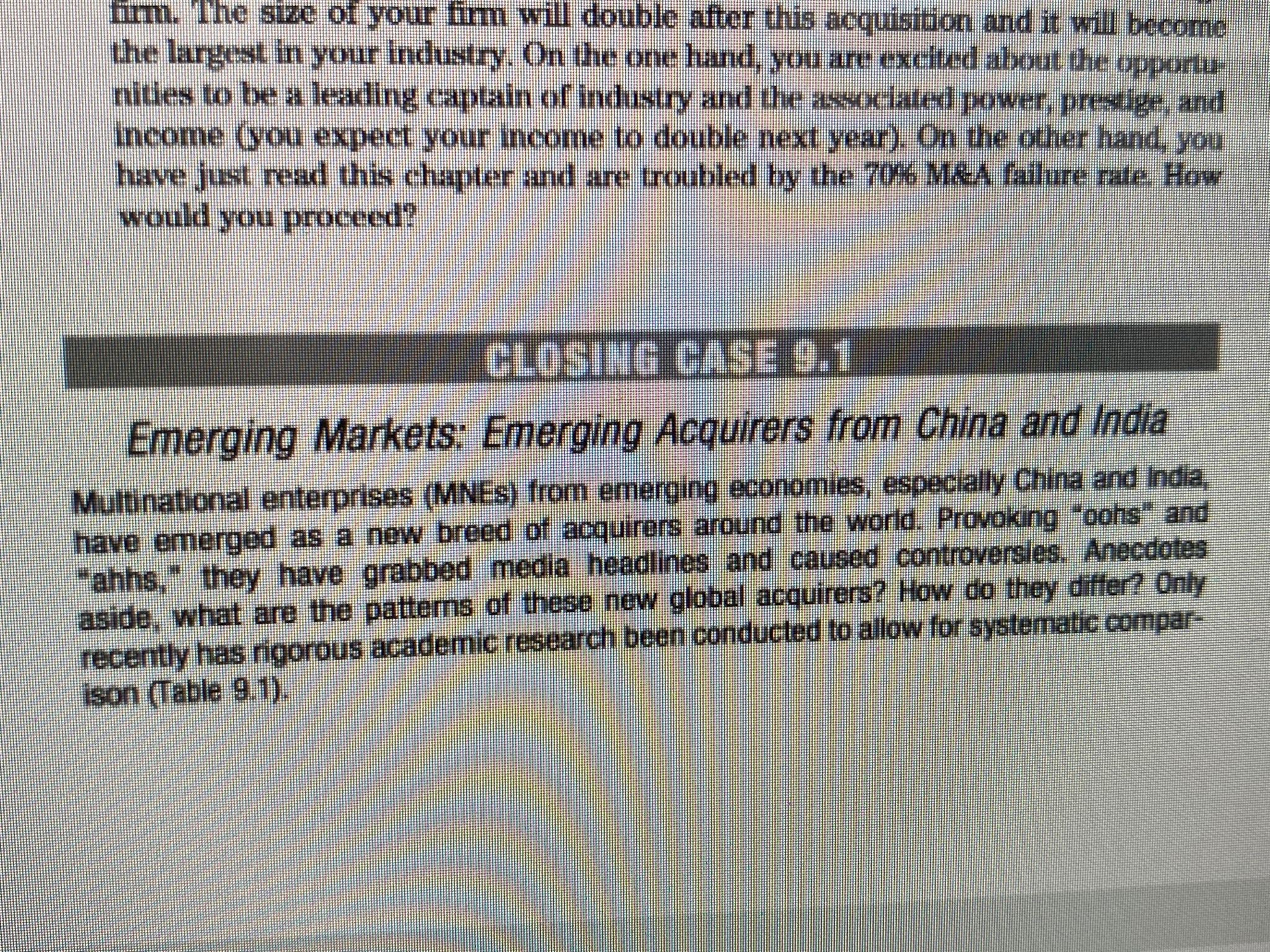Answered step by step
Verified Expert Solution
Question
1 Approved Answer
Why have firms from emerging economies such as China and India significantly expanded their international footprint? Why do they focus on industries related to their
- Why have firms from emerging economies such as China and India significantly expanded their international footprint?
- Why do they focus on industries related to their existing areas of excellence?
- Why are they interested in using acquisitions as a mode of entry?
- How successful (or terrible) have their acquisitions been?



Step by Step Solution
There are 3 Steps involved in it
Step: 1

Get Instant Access to Expert-Tailored Solutions
See step-by-step solutions with expert insights and AI powered tools for academic success
Step: 2

Step: 3

Ace Your Homework with AI
Get the answers you need in no time with our AI-driven, step-by-step assistance
Get Started


